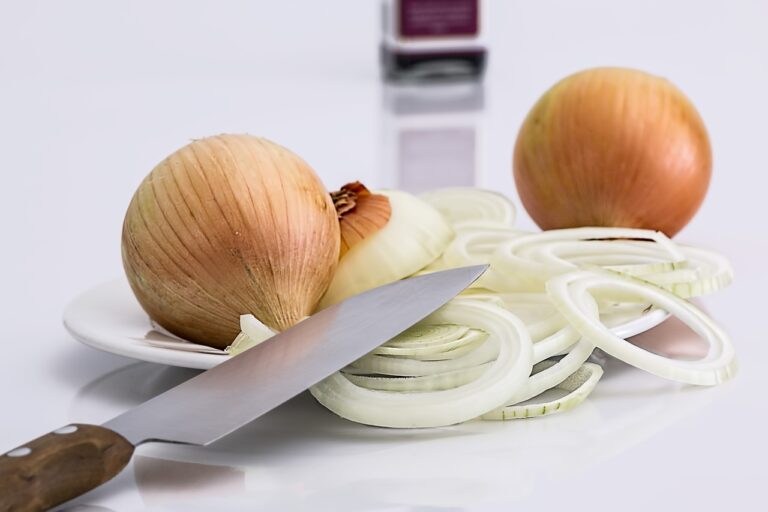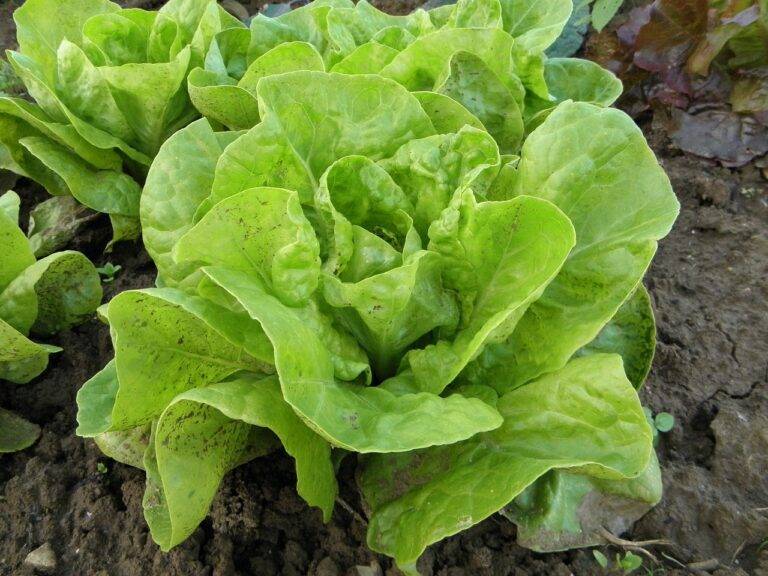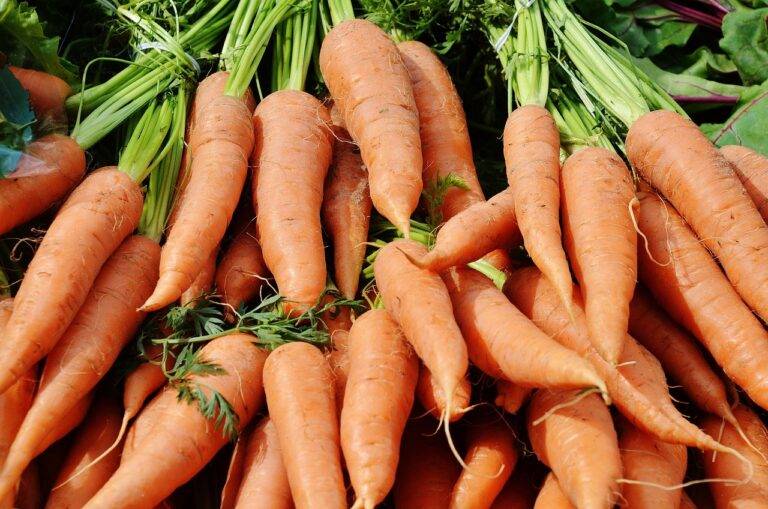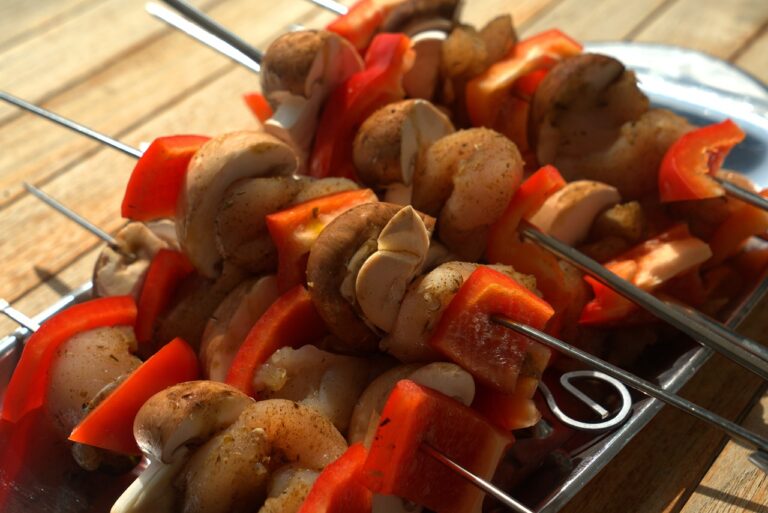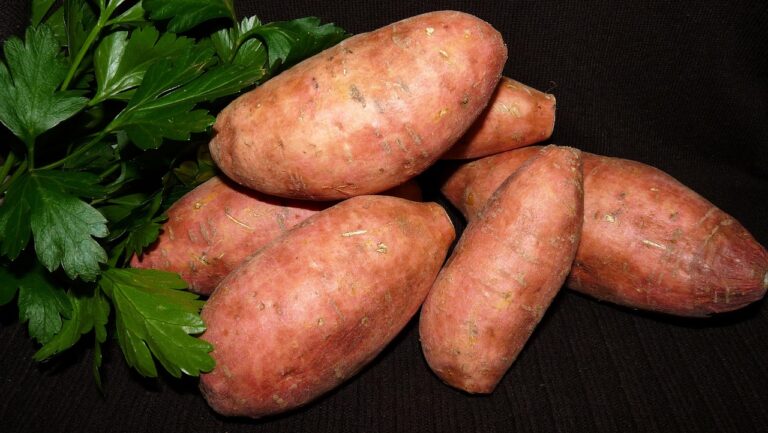Baking with Alternative Flours: Gluten-Free and Beyond
Alternative flours have become increasingly popular in the baking world, offering a wide range of options for those looking to avoid gluten or simply add a new twist to their baked goods. From almond flour to coconut flour to chickpea flour, there are plenty of alternatives to traditional wheat flour that can enhance the flavor and texture of your baked treats. In this article, we will explore the world of alternative flours and how you can incorporate them into your baking repertoire.
Almond Flour
Almond flour is a popular choice for those following a gluten-free or low-carb diet. Made from ground almonds, this flour adds a rich, nutty flavor to baked goods and can create a tender texture in recipes such as cookies, cakes, and muffins. Almond flour is also high in protein and healthy fats, making it a nutritious choice for those looking to boost the nutritional value of their baked treats.
Coconut Flour
Coconut flour is another gluten-free option that offers a unique flavor and texture to baked goods. Made from dried, ground coconut meat, this flour is high in fiber and low in carbohydrates, making it a great choice for those looking to reduce their carb intake. Coconut flour works well in recipes such as pancakes, muffins, and quick breads, adding a subtle coconut flavor and moisture to the finished product.
Chickpea Flour
Chickpea flour, also known as garbanzo bean flour, is a versatile alternative to wheat flour that adds a rich, earthy flavor to baked goods. Made from ground chickpeas, this flour is high in protein and fiber, making it a nutritious choice for those looking to add a boost of nutrients to their baked treats. Chickpea flour works well in recipes such as flatbreads, socca, and fritters, adding a unique flavor and texture to the final product.
Quinoa Flour
Quinoa flour is a gluten-free option that offers a nutty flavor and tender texture to baked goods. Made from ground quinoa seeds, this flour is high in protein and fiber, making it a nutritious choice for those looking to add a nutritional punch to their baked treats. Quinoa flour works well in recipes such as bread, muffins, and cookies, adding a subtle nutty flavor and moist texture to the finished product.
Cassava Flour
Cassava flour is a grain-free, Paleo-friendly option that adds a light, fluffy texture to baked goods. Made from the whole cassava root, this flour is high in carbohydrates but low in fat, making it a great choice for those looking for a versatile alternative to traditional wheat flour. Cassava flour works well in recipes such as bread, muffins, and pancakes, adding a neutral flavor and airy texture to the final product.
Buckwheat Flour
Buckwheat flour is a gluten-free option that offers a rich, nutty flavor and hearty texture to baked goods. Despite its name, buckwheat is not related to wheat and is actually a seed that is ground into flour. Buckwheat flour is high in protein and fiber, making it a nutritious choice for those looking to boost the nutritional value of their baked treats. Buckwheat flour works well in recipes such as pancakes, waffles, and muffins, adding a unique flavor and hearty texture to the finished product.
FAQs
Q: Can I substitute alternative flours for wheat flour in any recipe?
A: While many alternative flours can be used as a substitute for wheat flour in recipes, it’s important to note that they may not always yield the same results. Some alternative flours have unique properties that may affect the texture and flavor of the final product. It’s best to do some research and experimentation to find the right combination of alternative flours for your favorite recipes.
Q: Are alternative flours more nutritious than traditional wheat flour?
A: Alternative flours offer a variety of nutritional benefits, including higher protein and fiber content, as well as unique vitamins and minerals. However, it’s important to remember that the nutritional value of alternative flours can vary depending on the type and brand. It’s always a good idea to check the nutritional information on the packaging to ensure you’re getting the most out of your alternative flour choice.
Q: How should I store alternative flours?
A: Alternative flours should be stored in a cool, dry place away from heat and humidity. It’s a good idea to transfer them to a sealed container or bag to prevent moisture and pests from getting in. Some alternative flours, such as almond flour, may benefit from being stored in the refrigerator or freezer to extend their shelf life.
Q: Can I mix different alternative flours together in a recipe?
A: Mixing different alternative flours can be a fun way to experiment with flavors and textures in your baked goods. However, it’s important to remember that different flours have unique properties that may affect the overall outcome of the recipe. It’s best to start with small batches and adjust the ratios as needed to achieve the desired result.
Q: Are alternative flours suitable for all dietary restrictions?
A: Alternative flours are a great option for those with dietary restrictions, including gluten-free, paleo, and low-carb diets. However, it’s important to check the packaging and ingredients list to ensure that the alternative flour you choose is free from any allergens or ingredients that may not be suitable for your dietary needs. Always consult with a healthcare professional or dietitian if you have specific dietary concerns.
By incorporating alternative flours into your baking routine, you can create delicious and nutritious treats that cater to a variety of dietary preferences. Whether you’re looking for a gluten-free option, a low-carb alternative, or simply want to experiment with new flavors and textures, alternative flours offer a world of possibilities for creative and delicious baking.


